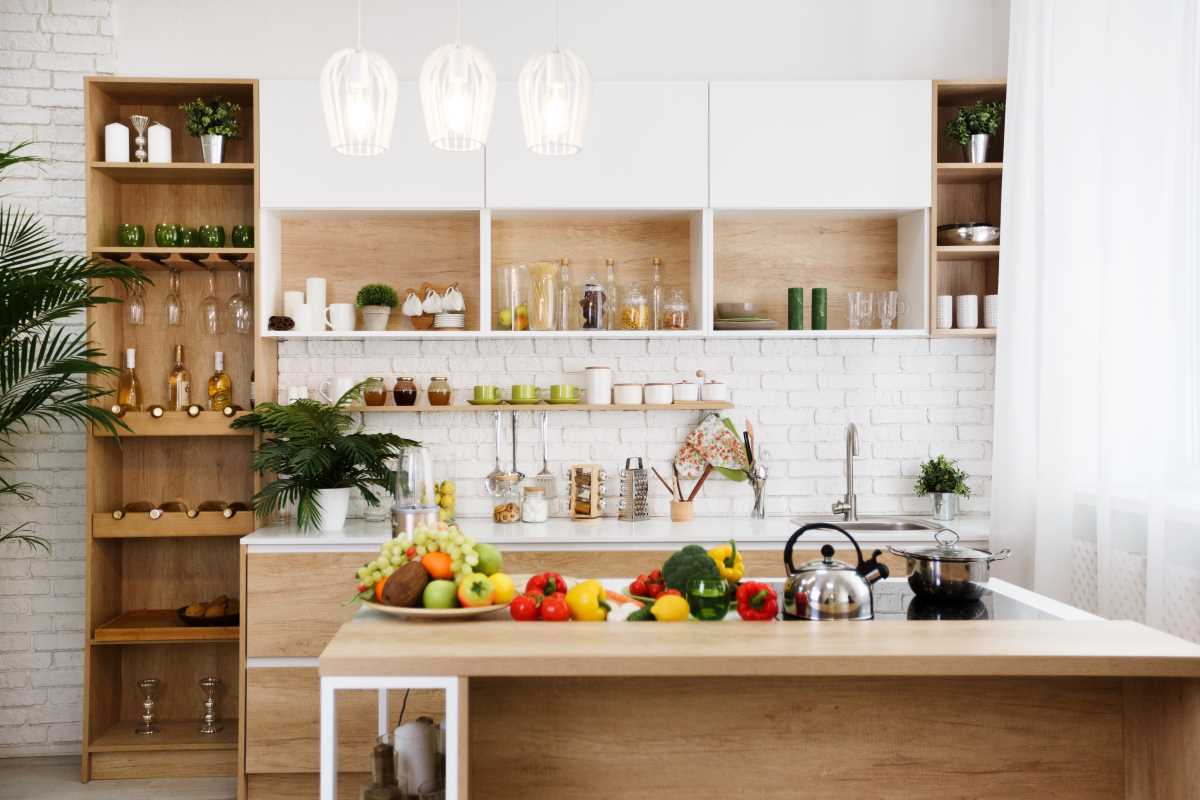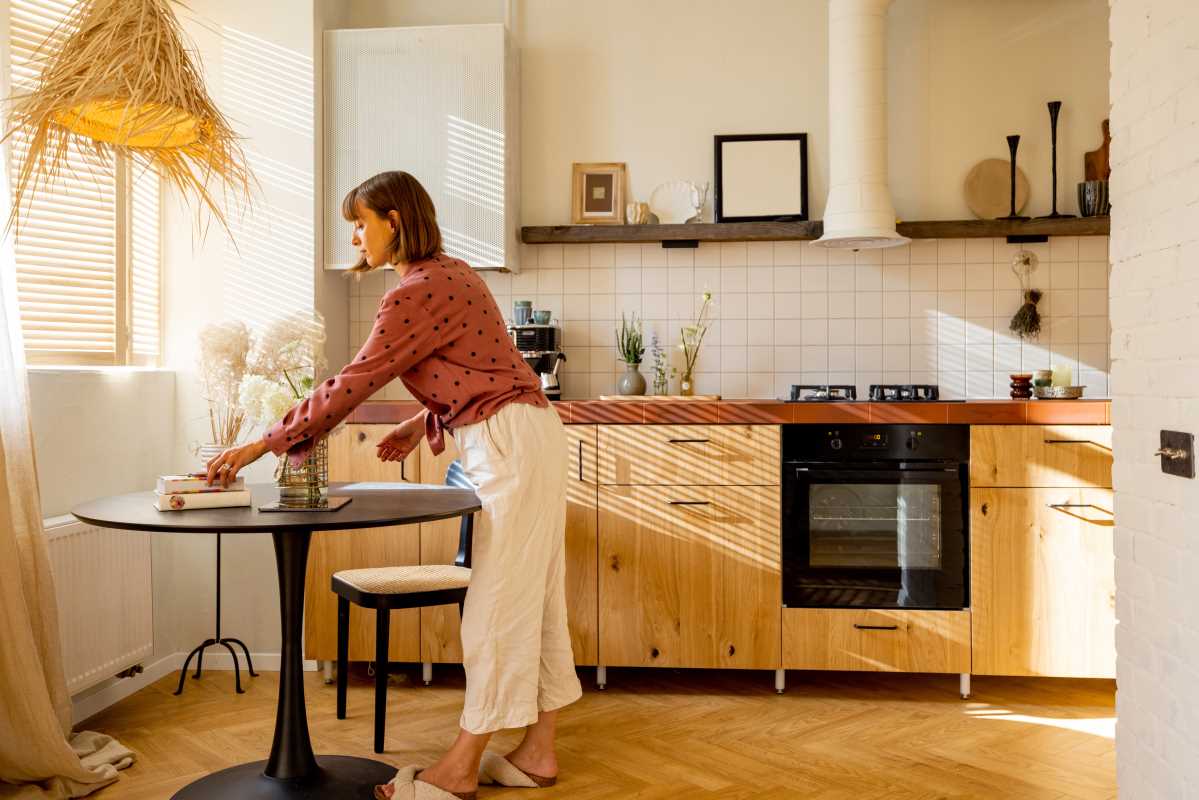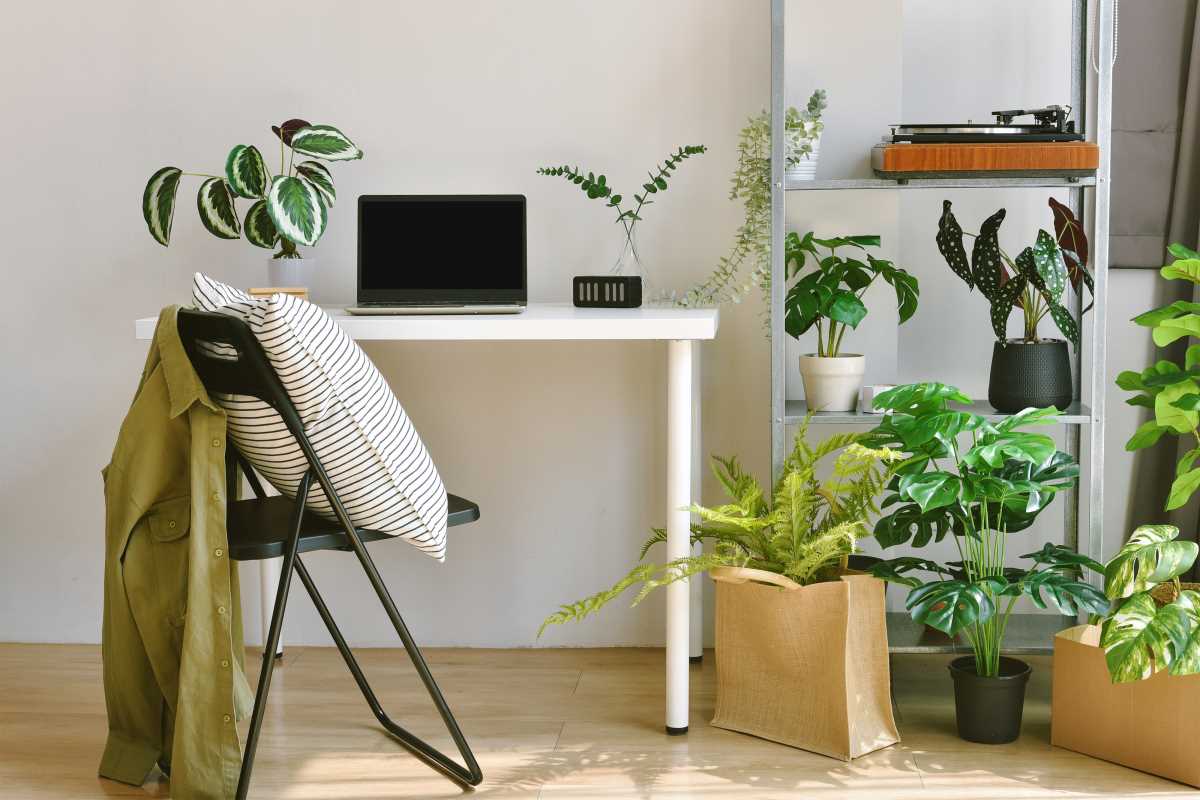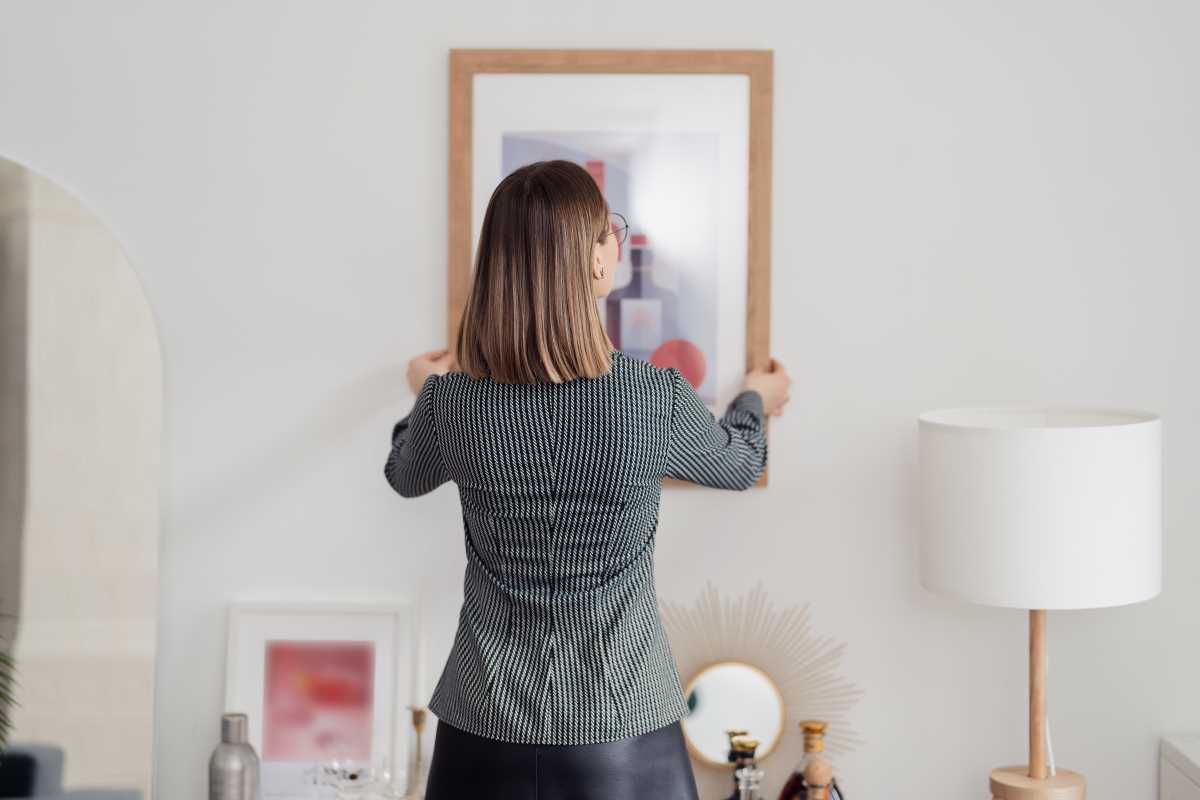Careful planning and smart furniture choices can make even the smallest living area feel inviting and spacious. With a few well-considered adjustments, a compact room becomes a comfortable sanctuary, where every detail feels deliberate and welcoming. Choosing pieces that serve more than one purpose and arranging them to maximize flow can completely change how the space feels. Subtle changes, such as using light colors and keeping surfaces clear, help open up the room and create an airy atmosphere. You can enjoy a living area that feels both practical and relaxing, no matter its size.
This guide shows creative steps to help you make a small space feel spacious while adding personality. You’ll find practical tips on arranging furniture, selecting light fixtures, choosing colors, and more. Let’s spark ideas you can start using today.
Arrange furniture purposefully
Position furniture purposefully gives an illusion of width and height. When you float pieces away from walls, the room appears airier. You can also carve out clear pathways to improve flow and avoid cluttered corners.
- Place a narrow sofa against the longest wall to widen the central area.
- Use a round coffee table that won’t block sight lines or create sharp corners.
- Float a slim console table behind the sofa instead of pushing it flush against a wall.
- Choose seating with exposed legs to let light pass underneath.
Small-scale furniture often features a multifunctional twist. A slim bench with storage or a set of nesting tables adapts as your needs shift. Keep traffic paths clear by angling chairs and tables to guide movement naturally.
Maximize light and mirrors
Bright rooms always feel larger, so use every source of natural illumination. If privacy limits window treatments, switch to sheer curtains or light-filtering shades. This approach softens the glare while releasing sunshine into the space.
- Install a pair of wall sconces on either side of the bed or sofa to create balanced light without floor clutter.
- Hang a large mirror opposite a window to reflect daylight deep into corners.
- Choose a slim profile floor lamp with an uplight feature that bounces glow across the ceiling.
- Add LED strip lights beneath floating shelves to highlight vertical storage and draw the eye upward.
Strategic brightness combats the boxy feel that often comes with a small room. By layering fixtures, you ensure every wall and corner stays visible and inviting. You also create cozy pockets that feel welcoming.
Select a cohesive color palette
A unified palette makes a tiny space feel intentional rather than fragmented. Soft neutrals, pastel hues, or light earth tones form a gentle backdrop that won’t overwhelm. Introduce one or two accent shades for energy without stealing focus.
Consider painting trim and doors the same color as the walls to dissolve visual breaks. You can also use a tone-on-tone treatment for storage units and shelves. This unbroken sweep tricks the eye into perceiving more floor area and higher ceilings.
Add multi-functional pieces
Choose furniture that pulls double duty to reduce item count and free up floor space. Designers often pin creative combos that perform brilliantly in compact footprints. Look for hidden compartments, pull-out surfaces, or convertible frames.
An ottoman with built-in storage keeps throw blankets and books tucked away. A wall-mounted desk that folds down becomes a handy workstation then disappears when you close it. Seek out augmented ideas at online shops like IKEA for solutions designed with small rooms in mind.
Use vertical storage
When floor space runs out, look up. Vertical storage systems harness empty wall real estate and give each belonging its place. Open shelving and tall cabinets draw the eye upward to emphasize height.
- Hang a row of floating shelves above desks or sofas for framed art and small planters.
- Install a vertical wine rack or magazine holder beside a snack bar to save counter space.
- Use pegboards in entryways to hold keys, hats, and scarves within easy reach.
- Fit an over-the-door organizer on closet doors to stow shoes, cleaning supplies, or accessories.
You can craft a gallery wall with slim frames that extend toward the ceiling. This design approach keeps keepsakes and photos off surfaces. It also makes walls feel like extensions of your personality, not just backdrop.
Personalize with textiles and greenery
Soft textiles and living plants add warmth and life to minimal spaces. A single lush fern or trailing ivy in a corner introduces a pop of natural color that resists visual clutter. Place potted herbs on windowsills to blend function with fresh fragrance.
Layer a couple of textured throw pillows or a cozy rug in a small-scale pattern. These touches anchor seating areas without making them feel heavy. Swap out cushions seasonally for a quick style refresh and to keep the vibe breezy.
Use thoughtful layouts, reflective surfaces, and multi-use furniture to make a small room feel larger and more inviting. Apply these ideas today to create an open, airy space regardless of size.
 (Image via
(Image via





